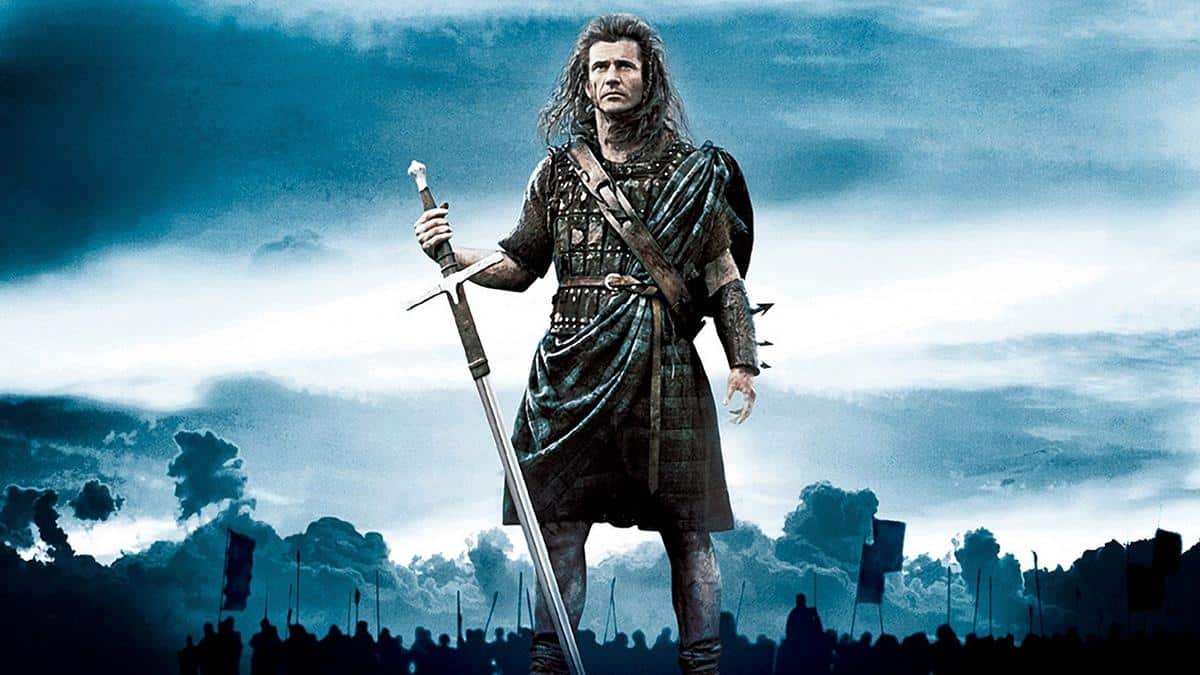In the realm of historical war movies, few have captured the imaginations of audiences quite like Braveheart. Released in 1995, this epic film tells the story of William Wallace, a Scottish hero who fought against English oppression in the 13th century.
Set against the stunning backdrop of Scotland, Braveheart follows Wallace on his journey from exile to becoming the leader of a rebellion against the English. The film is a powerful exploration of themes such as freedom, patriotism, and the courage to stand up against injustice.
William Wallace’s character becomes a symbol of hope and inspiration for the Scottish people, who rise up in support of his cause. They join his rebellion, fueled by the desire for freedom and the will to fight for their homeland.
What sets Braveheart apart from other historical war films is its ability to showcase both the grandeur and brutality of war. The movie is renowned for its epic battle scenes, which depict the savagery and sacrifices made by the characters. It doesn’t shy away from showing the true horrors of medieval warfare, giving viewers a visceral and realistic experience.
Directed by Mel Gibson, who also takes on the role of William Wallace, Braveheart received critical acclaim for its performances. Gibson’s portrayal of the iconic Scottish hero is considered one of his best, capturing the strength, determination, and passion that define Wallace. His performance adds a layer of authenticity and depth to the character, making William Wallace a memorable figure in cinematic history.
The film’s success extended beyond critical acclaim, as it won five Academy Awards, including Best Picture and Best Director. This recognition solidifies Braveheart’s status as one of the greatest historical war movies of all time.
While Braveheart takes creative liberties by blending historical events with fictionalized elements, it creates a cohesive and compelling narrative. This approach allows the film to explore not only the external conflict between Scotland and England but also the internal struggles of the characters.
One such internal struggle is the love story between William Wallace and his wife Murron. Their relationship adds an emotional aspect to the film, showcasing the sacrifices they are willing to make for each other and their people. It humanizes Wallace, reminding viewers that he is not just a warrior but also a husband and a lover.
In contrast to the resilient Scots, the character of King Edward ‘Longshanks’ represents the oppressive English rule over Scotland. His portrayal highlights the lengths to which the English went to maintain control and suppress the Scottish spirit. This juxtaposition further emphasizes the resilience and determination of the Scottish people in their fight for independence.
Braveheart is a movie that leaves a lasting impression due to its authenticity and attention to detail. The battle scenes, in particular, are masterfully executed, immersing viewers in the chaos and intensity of war. This realism extends to the relationships between characters, showcasing alliances, betrayals, and the complex dynamics that develop in a time of conflict.
The ending of Braveheart is bittersweet, illustrating the ultimate sacrifice made by William Wallace for the freedom of his people. It serves as a poignant reminder of the cost of resistance and the lengths one must go to in order to achieve true independence.
In conclusion, Braveheart is a powerful and inspiring film that celebrates the courage and passion of a Scottish hero fighting for freedom. It reminds us of the importance of standing up against injustice and the sacrifices that come with it. With its timeless themes, breathtaking visuals, and unforgettable performances, Braveheart continues to captivate audiences and has rightfully earned its place as a legendary historical war movie.





